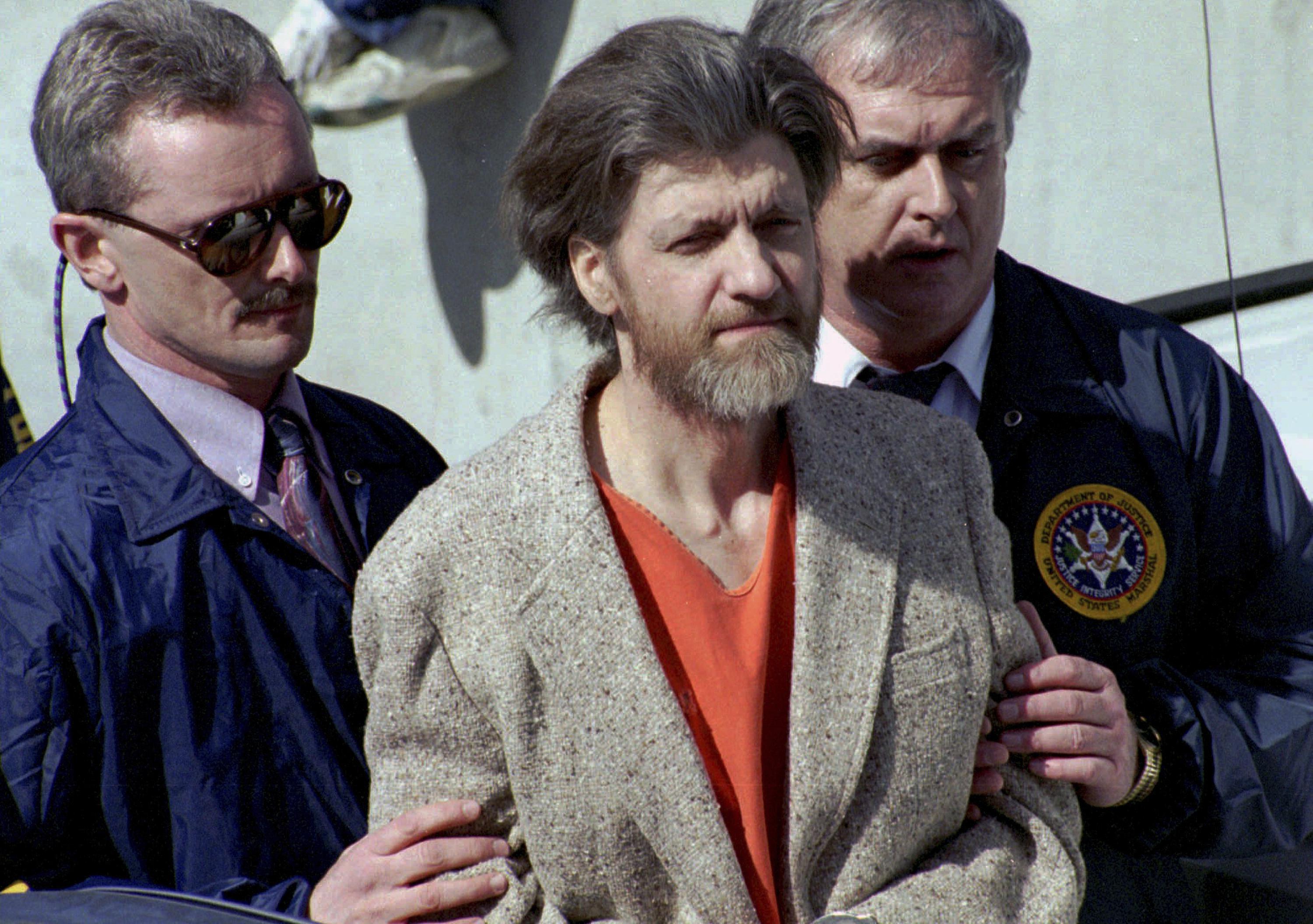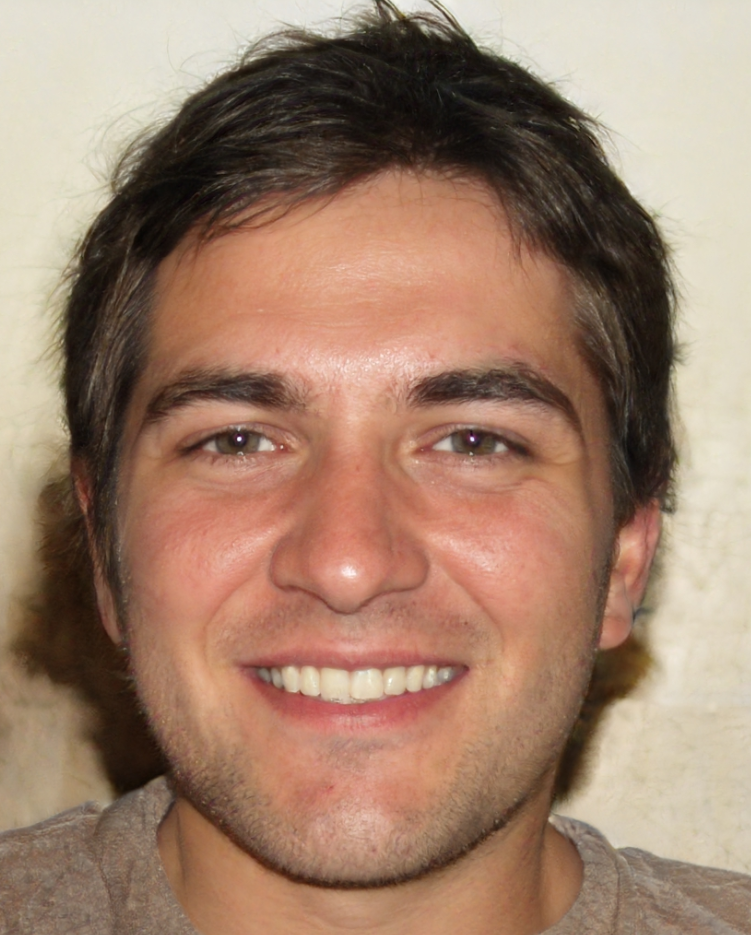
The individual identified as the "Unabomber" orchestrated a deadly mail-bombing campaign spanning 17 years, from 1978 to 1995, claiming three lives and injuring over 20 others. The moniker "Unabomber" stems from the FBI's codename for their investigation, targeting university and airline victims under the UNABOMB task force.
Among the 16 explosive devices dispatched, the most devastating were those resulting in the deaths of Hugh Scrutton, a computer store owner in California in 1985; Thomas Mosser, an advertising executive in New Jersey in 1994; and Gilbert Murray, president of the California Forestry Association in 1995.
The FBI's relentless pursuit finally led to the arrest of Theodore "Ted" Kaczynski in 1996, marking the culmination of one of the lengthiest and most costly manhunts in FBI history. Kaczynski was apprehended while residing in a rudimentary 10x14-foot cabin he constructed himself in the remote wilderness of Montana, devoid of modern amenities such as running water or electricity.
Ted Kaczynski's Pre-Arrest Life
Ted Kaczynski, known as Teddy John to his family, was born in 1942 in a suburb of Chicago, where his father worked as a sausage maker and his mother was a homemaker. His early childhood was marked by a significant event when, at nine months old, he was hospitalized due to an allergic rash that covered his body.
During his hospitalization, Kaczynski's parents were only permitted brief visits every other day, a common practice at the time. His mother, Wanda, later suggested to the FBI that this separation from his parents may have influenced his future actions, as he would cry inconsolably when they left.
Despite these early challenges, Kaczynski displayed remarkable intellectual abilities, boasting a reported IQ of 167 (although his brother, David Kaczynski, has cited it as 165). He began attending Harvard University on scholarship at the age of 16. During his time at Harvard, Kaczynski became involved in the Murray Experiment, a controversial project that subjected participants to extreme psychological stress through abuse and humiliation.
This period of psychological experimentation and academic rigor may have played a role in shaping Kaczynski's later trajectory, leading ultimately to his involvement in the infamous Unabomber case.
Kaczynski's Technology Fear And Self-Isolation
Following his 20-year graduation, Kaczynski went on to receive his master's and doctorate from the University of Michigan in 1967, and then he accepted a post as an assistant math professor at the University of California, Berkeley.
In 1969, Kaczynski abruptly resigned. According to an essay David Kaczynski authored for Psychology Today, Ted Kaczynski told his family he was cutting his links to his family and isolating himself from industrial culture, but he gave no explanation to the university.
Eventually, Kaczynski constructed a rudimentary shanty on a 1.4-acre plot of land in the Lincoln, Montana, woods, where he resided in a cabin.
The cause? He felt that both the environment and humanity were being destroyed by technology.
The Unabomber's Declaration
Under fear of another attack "with intent to kill," Kaczynski authored a 35,000-word manifesto in this cabin that was eventually published by The Washington Postand The New York Times.(It is said that the FBI director and attorney general at the time both suggested the publishing for "humanitarian reasons.") After reading the screed, David Kaczynski and his wife Linda Patrik identified Ted's insane thoughts.
After David turned in his brother, FBI investigators began to shut in on Ted. Later, Every Last Tie: The Life of the Unabomber and His Familywas published by David Kaczynski.
In his post for Psychology Today, David Kaczynski stated, "As much as I wanted to, I couldn't deny that it might be my brother's writing."
The Arrest
When FBI agents knocked on Kaczynski's cabin door on April 3, 1996, they discovered 40,000 handwritten notebook pages detailing attempts with manufacturing bombs, among other evidence. A live bomb that was prepared for mailing was also discovered.
In Sacramento, California, Kaczynski was charged with the three bombings that resulted in fatalities. He was asked by his attorneys to enter an insanity plea, but he declined. In 1998, he made an attempt on his life while incarcerated; thereafter, paranoid schizophrenia was diagnosed. He requested the right to self-defense, but his request was turned down.
The FBI confiscated Kaczynski's manuscripts and the cottage upon his apprehension. (In 2020, the cabin was rebuilt at FBI headquarters in Washington, D.C.)
One of the several journal entries offered a terrifying window into his thoughts. He commented, "Excellent!" after finding that Scrutton, the proprietor of the computer store, had been "blown to bits." a merciful method of killing someone. most likely never felt anything.
Life Without Parole Was The Sentencing
Following a protracted legal proceeding, Kaczynski entered a guilty plea to 13 charges of possessing explosive devices with the intention of causing death or serious injury.
A scientist at the University of California who was one of Kacyznski's surviving victims told the Los Angeles Times that "no punishment would be harsh enough," calling Kaczynski's sentence "imperfect justice."
On January 22, 1998, he was fined almost $15 million and given numerous life sentences without the chance of release. Robert Cleary, the lead prosecutor, told reporters that he believed "justice was done."
Ted Kaczynski: Where Is He Now?
The majority of Kaczynski's 80-year sentence has been served in an isolated cell at Florence, Colorado's Supermax prison, a maximum-security facility. According to Yahoo News, which has published a series on his publicly available letters and other writings.
He shared his one-hour recreation time, which took place in individual 12 by 18-foot wire mesh cages, at that facility with Oklahoma City bomber Timothy McVeigh and Ramzi Yousef, the 1993 World Trade Center bomber who killed six people and injured over 1,000 others. Kaczynski was moved to the Federal Medical Center (FMC) in Butner, North Carolina, on December 14, 2021.
Kaczynski's Life In Prison
Health-related inmates of all security levels are housed at FMC Butner, a federal prison. The prison "provides extensive medical services and mental health care to the inmate population," according to the FMC Butner manual.
Kaczynski has apparently severed all relations with his family after discovering his brother turned him in, although he has corresponded with hundreds of pen pals and even discussed marriage with one of them before she passed away from cancer in 2006. These letters are a portion of a larger set of materials that Kaczynski gave to the Labadie Collection of the University of Michigan Library, which chronicles the history of social protest.
Six days a week, a recreational and legal library is available to FMC Butner inmates. Although Kaczynski's jail life is not widely known, the facility offers crafts, stationary cycles, and pool tables as leisure options.
According to Taylor, FMC Butner prisoners are fed "heart-healthy" meals every day that include fresh fruit and vegetables.
When asked to confirm allegations that Kaczynski was fighting terminal cancer based on an unauthenticated letter to a pen pal, a spokesman for the Bureau of Prisons, Scott Taylor, tells in an interview, "For safety and security reasons, we do not discuss the specific conditions of an inmate's confinement."
Died: Ted Kaczynski
Ted Kaczynski's Death UPDATE: Kaczynski was discovered deceased in his cell on June 10, 2023. Three sources acquainted with the case told The New York Times that the 81-year-old died by suicide, despite the fact that the Federal Bureau of Prisons did not provide a cause of death.
See Also:
